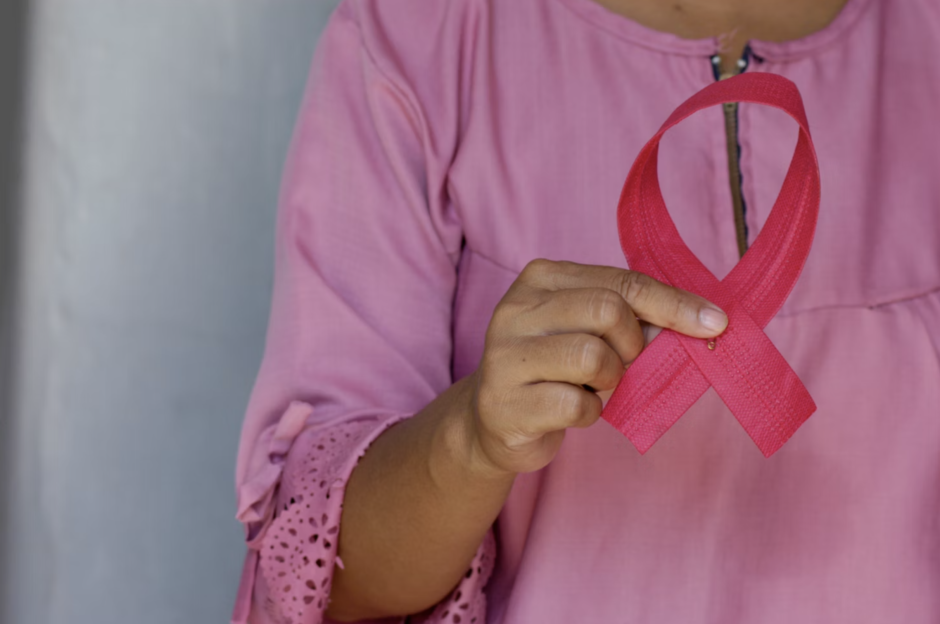
Despite decades of research and advanced treatments, cancer continues to plague the world. In the US, over 2 million new cancer cases were reported in 2024. Furthermore, more than 600,000 people succumbed to this disease in the same year.
Tragic as the figures are, the cancer mortality rate has steadily declined since 2021. As of January 2022, there were over 18.1 million cancer survivors in the US. Their numbers are expected to become 21.6 million by 2030.
This is promising, but also worth remembering that cancer survivorship is not a brief phase following treatment. It is also a distinct stage of care that requires thoughtful, long-term support.
Patient-centered education emerges as a critical tool in empowering patients to take control of their health. However, the traditional cookie-cutter approach won’t work. In this article, we will see how tailored, innovative education at scale can improve cancer survivor outcomes.
Challenges Faced By Cancer Survivors
Given the advanced treatments available today, medical science is far from helpless in the face of cancer. However, it’s still true that cancer is a complex disease for which no permanent cure has been discovered yet.
Worldwide Cancer Research bluntly states that there may never be a single cure that works for all types of cancers. The following reasons contribute to this conclusion:
- Not all cancer cells have the same genetic mutations.
- Cancer cells tend to develop an arsenal of tricks to avoid being killed.
- The abnormal cells acquire certain mutations over time, which causes them to develop resistance to a particular treatment.
Such reasons also mean that cancer survivors face numerous physical, psychological, and social challenges that extend beyond the original treatment. This includes managing chronic side effects, addressing lifestyle modifications, and preventing recurrence.
Proper education lets survivors understand their condition, identify warning signs, and make informed decisions pertaining to their health. Traditional patient education methods generally fall short due to limited interactivity and a one-size-fits-all approach.
Every cancer survivor’s needs may vary depending on their age, cancer type, socioeconomic status, and treatment modalities. Personalized, accessible, and flexible education has become a must to improve survivors’ outcomes.
Leadership and Expertise in Survivorship Education
The implementation of sustainable, innovative educational programs requires a combination of leadership and clinical insight. This is because educating cancer survivors would involve adapting to evolving evidence, addressing health disparities, and integrating new technologies.
That calls for a level of sophistication that only those who understand the science and human experience of survivorship possess. As such, healthcare professionals with advanced degrees are increasingly stepping into these leadership roles.
One example would be nurses who have completed a Doctor of Nursing Practice (DNP) program. According to Wilkes University, such professionals can apply nursing informatics in research, clinical practice, and patient education.
They can identify gaps in current care and develop innovative education solutions that are practical and evidence-based. Cancer is a field with continually evolving guidelines. This means patient education must also be updated to reflect the latest standards.
That’s where the importance of DNP online programs comes in. They have made it more feasible for working nurses to pursue advanced expertise. This enables them to integrate their studies with ongoing patient care, applying what they learn in real-time.
Such advanced practice professionals may even lead interdisciplinary efforts. They can collaborate with oncologists, psychologists, dieticians, and other specialists to deliver holistic support. A 360-degree approach ensures that the educational content is based on a full understanding of survivorship, not just physical recovery.
Tech Advancements Transforming Patient Education
Traditional patient education methods, like pamphlets and brief in-person sessions, are no longer sufficient. The following emerging technologies offer dynamic solutions that improve understanding and support self-management.
Digital Platforms and Mobile Health Applications
The worldwide market for mobile health apps was valued at $37.5 billion in 2024. It is steadily growing at an impressive CAGR of 14.8% between 2025 and 2030. Such apps and digital platforms can provide cancer survivors with 24/7 access to tailored information, symptom trackers, and secure chats with healthcare providers.
Take the example of a survivor who is managing chronic fatigue or neuropathy post-treatment. They can log into an app to monitor symptoms and receive automated tips. In case thresholds are exceeded, the app will let them alert their care team.
Telehealth Services
The popularity of telehealth services is undeniable. In a study conducted on cancer patients between May 2020 and October 2023, 73.8% rated their telemedicine visit as at par or better than in-person visit.
The high level of patient satisfaction extends to cancer survivors who receive guidance on lifestyle changes and psychosocial concerns without visiting a clinic. For continuous access to guidance, the telehealth sessions can be supplemented with digital handouts.
Patient Portals
The growing popularity of patient portals is also evidence-based. A study conducted on 1.28 million adults found that 17.4% logged into their patient portals while visiting emergency departments. They used these portals to view their test results or read clinical notes.
Integrated within electronic health records (EHRs), patient portals enable cancer survivors to access their treatment summaries, lab results, care plans, etc. in one central location. This encourages patients to actively participate in their care and reinforces educational messages.
The medical world has outgrown itself in terms of cancer survivorship. This stage is not limited to clinical checkups anymore. It encompasses the emotional and educational needs of those navigating life after treatment.
The steady evolution of the healthcare sector in this manner ensures that cancer survivors receive the high-quality, informed care they deserve. That’s the first step in moving towards a future where survivorship is not measured by how long one lives, but by how better their life becomes.
Stay updated, free articles. Join our Telegram channel

Full access? Get Clinical Tree


